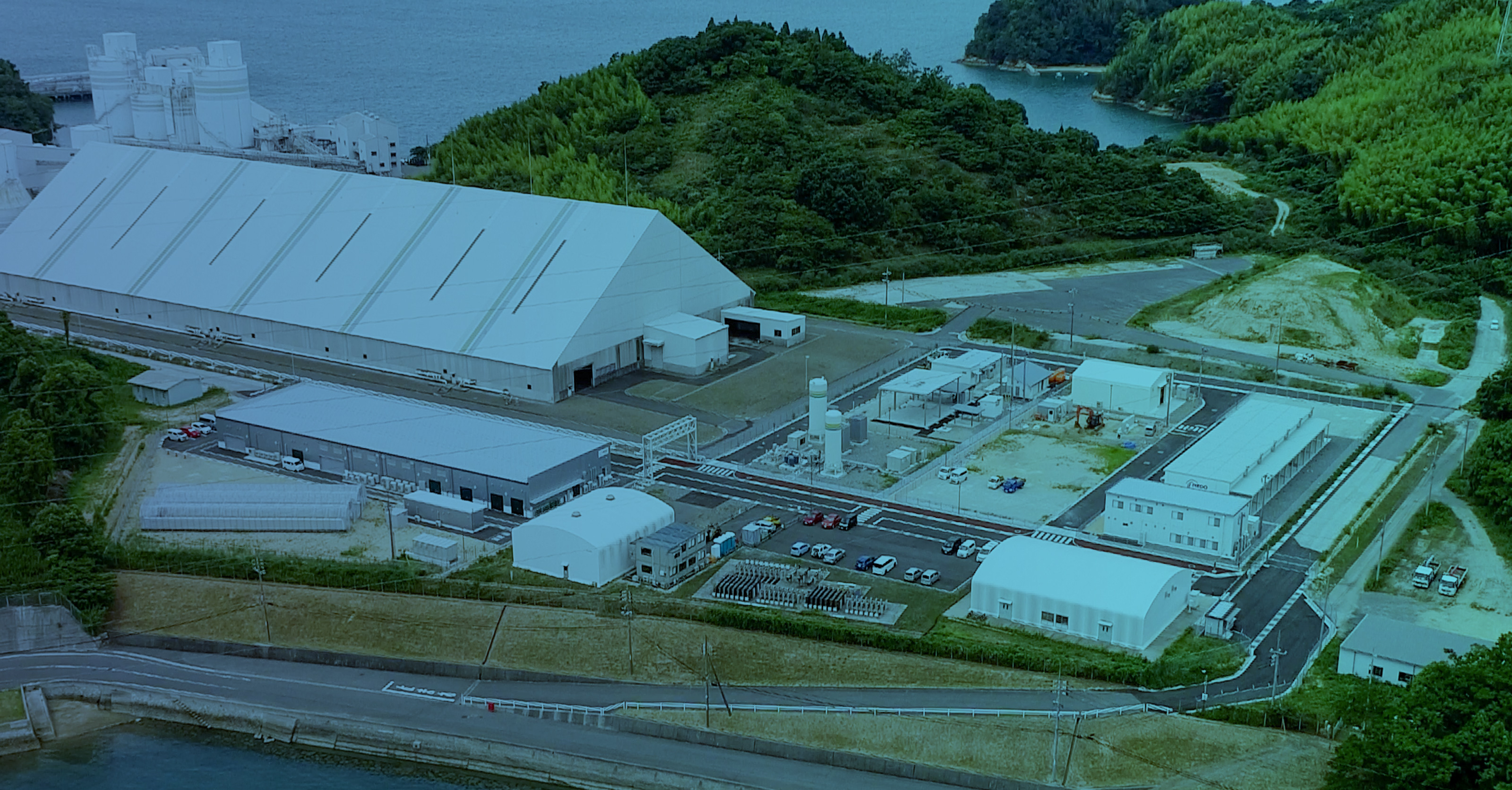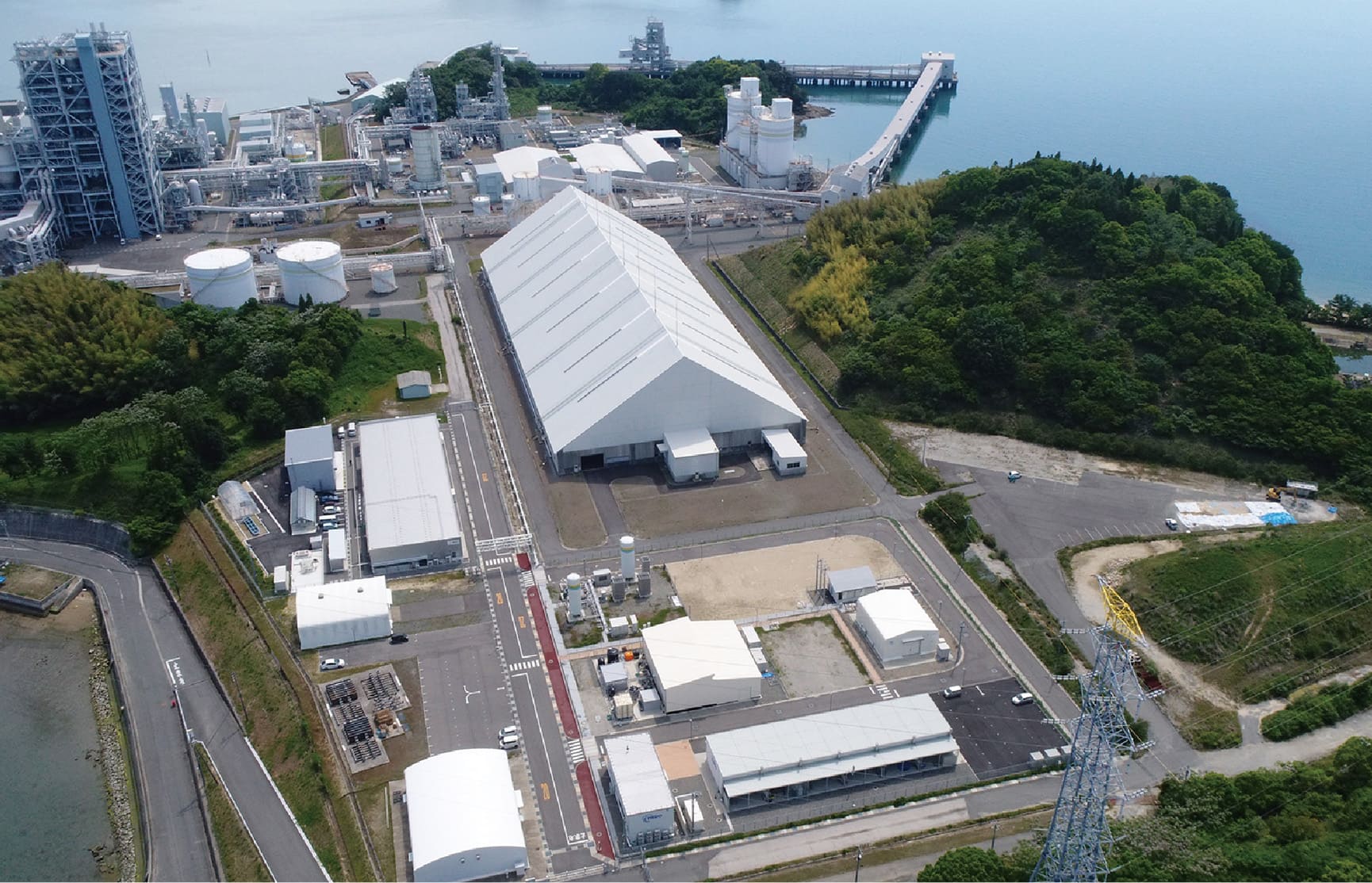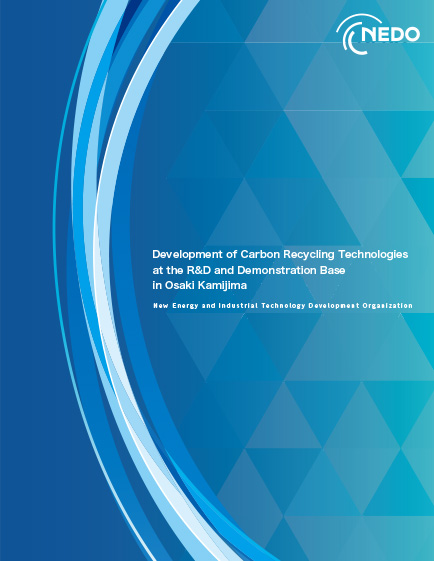In efforts to curb global warming, reducing CO₂ emissions has become a global challenge. Japan has set a goal of becoming carbon neutral by 2050, aiming to reduce greenhouse gas emissions by 46% from 2013 levels by 2030 and take on the challenge of reaching the 50% mark. Carbon Recycling is currently attracting attention as a way to reduce CO₂ emissions into the atmosphere by reusing CO₂ as a resource for materials, fuel, and other purposes.
So at the Davos meeting in January 2019, Japan referred to the need to recycle COz, and in June of the same year, the Ministry of
Economy, Trade, and Industry (METI) formulated the Roadmap for Carbon Recycling Technologies, a policy which considers COz as
a resource, separates and recovers it, and reuses it in form of various products such as concrete, chemicals, and fuels to curb COz
emissions into the atmosphere. The Ministry presented the “3C Initiative for Carbon Recycling” in September of the same year, and
the “Innovative Strategy for Environmental Innovation (adopted by the Council for the Promotion of the Integrated Innovation
Strategy)” in January 2020. They have announced the development of Osakikamijima city in Hiroshima Prefecture to build a
demonstration and research center for carbon recycling technology, as part of a demonstration project for an Integrated Coal
Gasification Combined Cycle (IGCC)/ Integrated Coal Gasification Fuel Cell Combined Cycle (IGFC). The center opened in September
2022. In December 2020, the Ministry of Economy. Trade and Industry took the lead in formulating the “Green Growth Strategy
Accompanying Carbon Neutrality in 2050” in collaboration with related ministries and agencies.In this strategy, carbon recycling is
positioned as a key technology in one of the significant areas to achieve a carbon neutral society. In addition, the Ministry of
Economy, Trade and Industry formulated the “Carbon Recycling Roadmap” in June 2023 which outlines goals and issues for social
implementation as well as technology.









